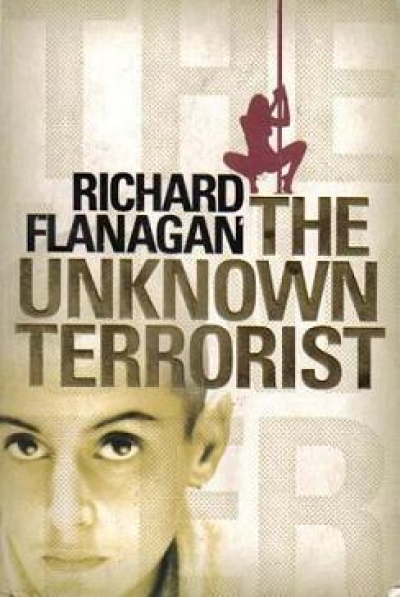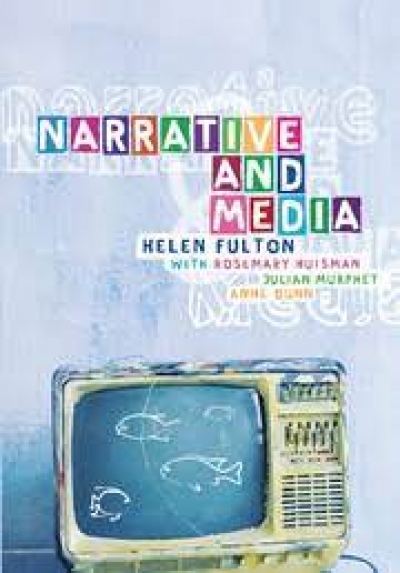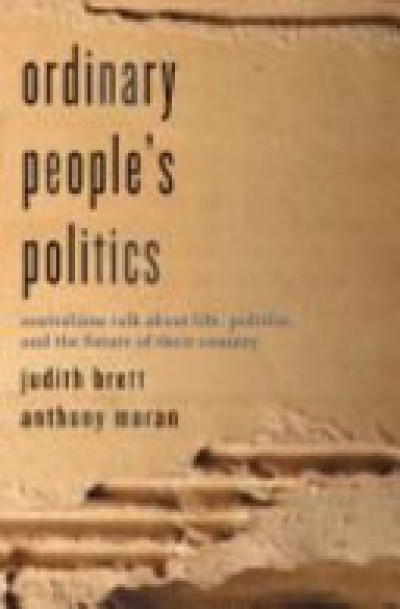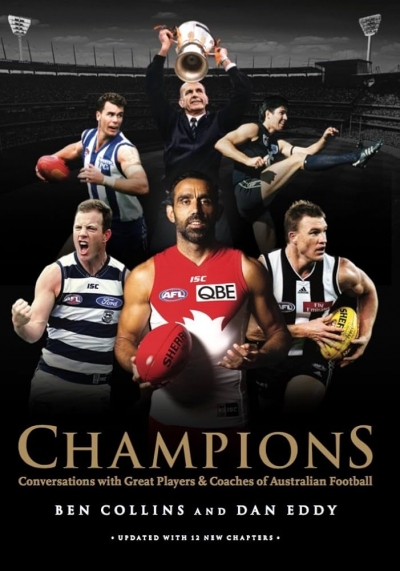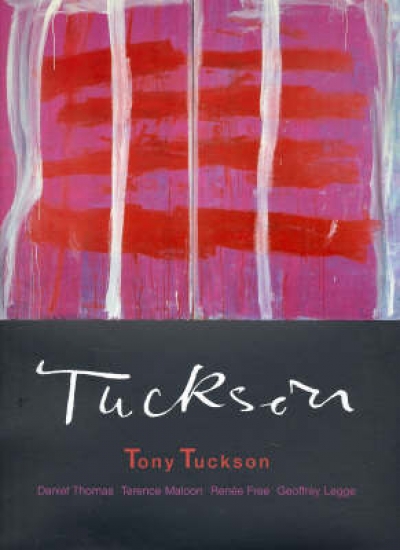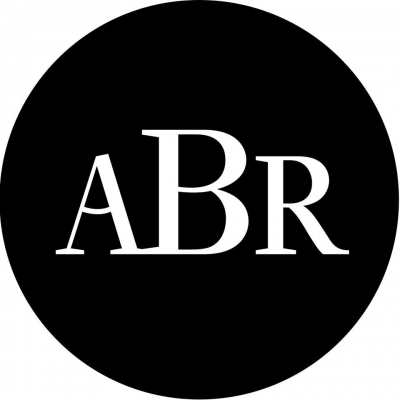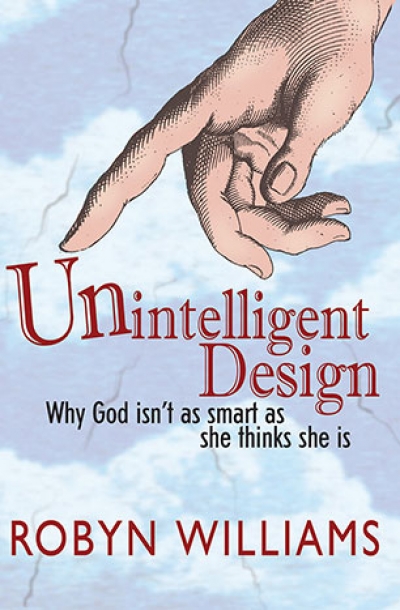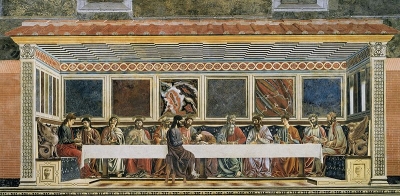Archive
daily toil in the fields of light.
They never question our wishes.
They can fail, but not misunderstand.
They are our strangeness that we are blind to.
At night they lie like maimed spiders
or star fish swept to shore. They know
about love as much as mouths and eyes.
Throughout the day, they give the mouth ... (read more)
Ordinary People’s Politics: Australians talk about life, politics, and the future of their country by Judith Brett and Anthony Moran
The Champions: Conversations with great players and coaches of Australian football by Ben Collins
Fremantle’s first real newspaper, The Herald, saw the light of day in a building on the corner of Cliff and High Streets on Saturday, 2 February 1867. The brainchild of two ex-convicts, James Pearce and William Beresford, it soon became the main voice of opposition to colonial autocracy, as well as the voice of Fremantle itself.
... (read more)Unintelligent Design: Why God isn’t as smart as she thinks she is by Robyn Williams
Everything happens fast and then goes –
the new movie you were waiting for
that you’ve suddenly just seen, the tunnel
under the harbour that seemed to take forever
now built and grooved by a million trips.
In winter fruit trees bud, shops
are full of summer clothes; only this
mind is slow, still stalling on the same
questions, never getting it, left behind
by life as by some wild-eyed nag
storming down the street, her hoofprints
pasted in the grass.
Welcome to the feast, piccolo pasero,
A feast that never ends, of loyalty and treachery.
Two are sold for a farthing, little sparrow

